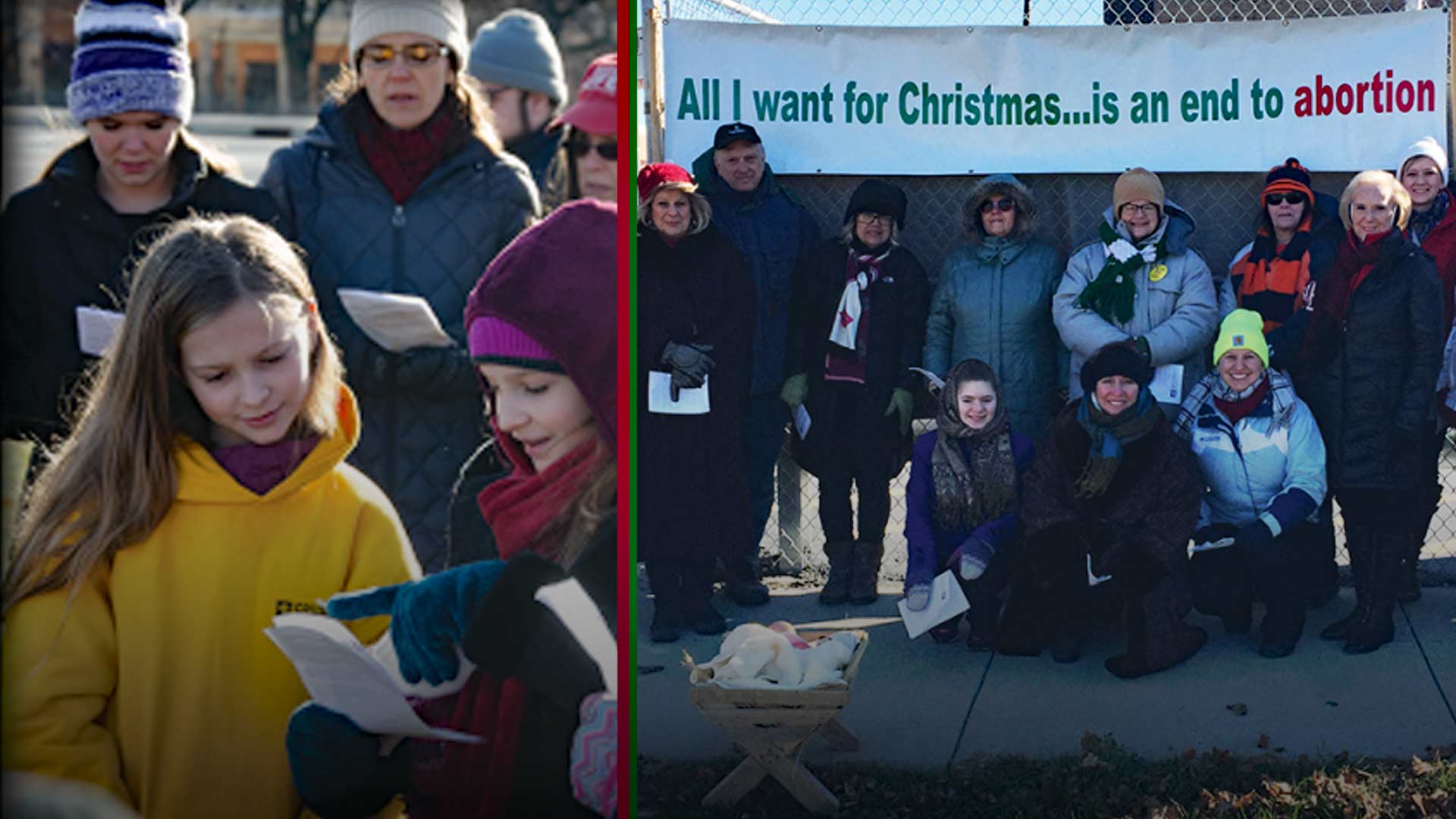
There are no press releases, live-streamed media conferences or glossy websites to report the number of unborn babies killed through abortion each year in Alaska. Instead, these deaths are quietly posted in an obscure section of the Alaska Department of Health & Social Service’s website under the title: “Induced Termination of Pregnancy.”
Last year 1,270 unborn Alaskans died by abortion, down slightly from 1,283 killed in 2018. Most mothers who underwent an abortion were unmarried (74%) and nearly half of all abortions were paid for with state Medicaid funds (45%).
In many ways the annual publication is shrouded in mystery. The report does not contain names of the mothers, where the abortions took place or who performed them. Once the report is prepared, all forms are destroyed.
Surgical abortions were by far the most common with abortionists using this 75% of the time.
Raw data is submitted by abortionists as required by law and records go back to 2003. Since then an average of 1,609 Alaska babies have been aborted annually — a total of 27,360 lives in 17 years.
There were 123 teen abortions last year, the lowest number in five years and a 20% drop compared to 2018. As in past years, the bulk of abortions (714 or 56%) were on women between the ages of 20 and 29, and more than 35% of these mothers had undergone at least one prior abortion.
Over 60% of aborted babies were killed between five and eight weeks gestation, and 38% were killed between nine and 16 weeks.
Surgical abortions were by far the most common – used 75% of the time. In most of these cases an unborn baby is vacuumed from the womb with a high-powered suction machine. In the process, the small body is torn apart and the baby dies. In other instances, abortionists use a long clamp to grasp the unborn baby’s limbs and tear them off, and the baby dies. Both of these procedures are temporarily banned in Alaska (except to preserve the life or physical health of the mother) in order to preserve personal protective equipment for doctors and nurses working with coronavirus patients.
ALASKA WATCHMAN DIRECT TO YOUR INBOX
Nearly a quarter of all 2019 abortions entailed a high-powered mix of synthetic hormones that causes an unborn baby’s nourishing placenta to detach from the uterine wall and induce contractions. RU-486 is typically used for up to about two months gestation. According to the state’s report, 307 abortions were done this way, which requires at least three trips to the abortion facility. After the first round of drugs is administered in the clinic, up to 30 percent of women abort later at home or work, and as many as five days later.
There are serious and well-documented medical side effects of RU-486 abortions, including prolonged, severe bleeding and life-threatening systemic infection.
In 2005, Alaska began requiring abortionists to provide informed consent to women before performing an abortion on them. The state created a website with basic medical information to help women understand the risks and alternatives to abortion, as well as how the procedures are performed.
Alaska law requires abortionists to discuss material described in the state website before performing an abortion. The most recent report, however, indicates that this information was not requested by 99.4% of women and just 11.7% received a copy of the website material.
Click here to support the Alaska Watchman.






